Thanks to Paul Thompson from Manchester for supplying the concept, actually doing the trip, reporting back and allowing me to share his hard work.
Some of these castles are easy to get to, but some are a bit of a trek on foot, indeed a positive scramble in some cases. So with none of us being fitness fanatics it was with much trepidation that we embarked on this latest adventure. I have to say that the views from the tops of some of the locations were stunning and it was no wonder they decided all those years ago to use such high ground to build defensive forts.
We’ve driven past many of these magnificent castles many times over the last few years but purposely not gone into them in order to hit them all in one go for this tour.
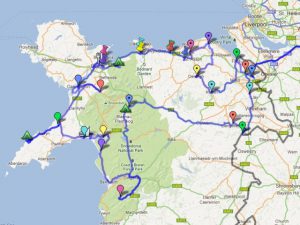
Our biggest challenge was to get into the medieval castle at Hawarden and also the new castle, formerly Broadlane Hall, as it’s all owned by the estate of former Prime Minister William Gladstone, and is still lived in by Gladstone’s great grandson, Sir William Gladstone. But if you ask politely….
http://www.castlewales.com/hawrdn.html

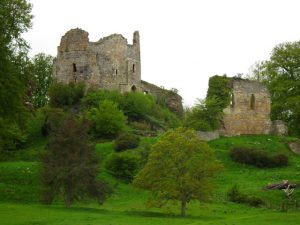
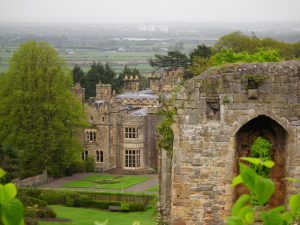
Castle 2 Ewloe
The Battle of Ewloe (1157) saw the Welsh rulers of Gwynedd defeat a Norman-English army commanded by Henry II. Ewloe Castle was built shortly after and remained a stronghold of the Welsh Princes until Edward I’s 1276/7 conquest of eastern Wales. Thereafter it was abandoned in favour of coastal sites that could be easily re-supplied by sea.
https://cadw.gov.wales/daysout/ewloe_castle/?lang=en
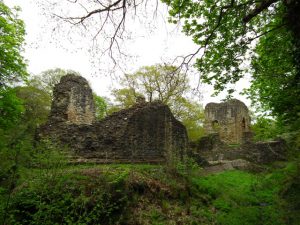
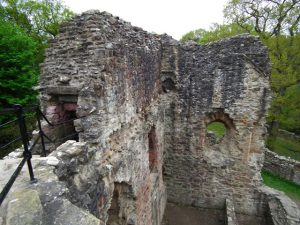
https://cadw.gov.wales/daysout/flintcastle/?lang=en
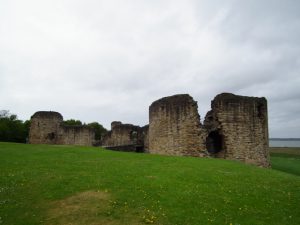
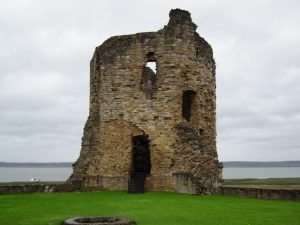
Ruthin Castle 4 is a fortification near the town of Ruthin in the Vale of Clwyd. It was constructed during the late 13th century by Dafydd ap Gruffydd , the brother of Prince Llywelyn ap Gruffudd, on a red sand stone ridge overlooking the valley. Part of the ancient walls still remain and now form part of the Ruthin Castle Hotel.
https://www.ruthincastle.co.uk
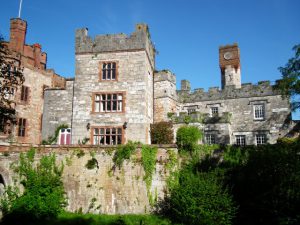
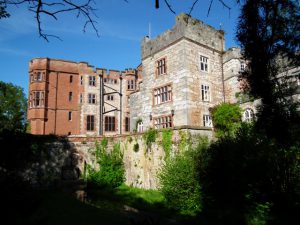
Denbigh Castle and town walls 5 were a set of fortifications built to control the lordship of Denbigh after the Conquest of Wales by King Edward 1 in 1282. The King granted the lands to Henry De Lacy the Earl of Lincoln, who began to build a new Walled Town colonised by immigrants from England, protected by a substantial castle and surrounded by deer parks for hunting. The work had not been completed by 1294, when the Welsh temporarily seized the castle during the Madog ap Llywelyn revolt. The defences continued to be improved, although the castle was not completely finished by the time of Henry’s death in 1311.
https://cadw.gov.wales/daysout/denbighcastle/?lang=en

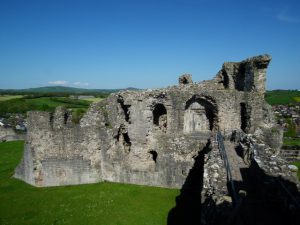
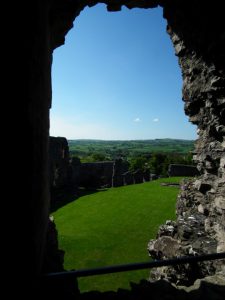
Gyrn Castle 6 was built between 1817 and 1824 by John Douglas, who incorporated parts of a previous house on the Gyrn estate, dating to the late 17th century, on a site overlooking the Dee estuary.
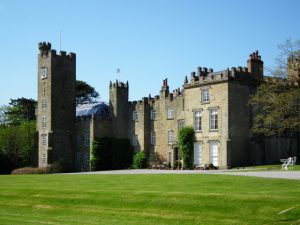
Rhuddlan Castle 7 is a castle located in Rhuddlan Denbighshire, Wales. It was erected by Edward 1 in 1277, following the First Welsh War. Much of the work was overseen by master mason James of St. George, Rhuddlan, which was not completed until 1282, was built concurrently with Flit Castle at a time when King Edward I of England was consolidating his conquest of Wales. It was temporarily his residence, and his daughter, Elizabeth is presumed to have been born there.
https://cadw.gov.wales/daysout/rhuddlancastle/?lang=en
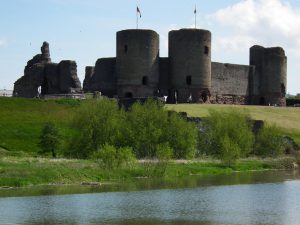
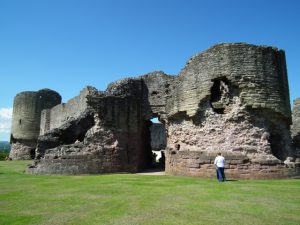
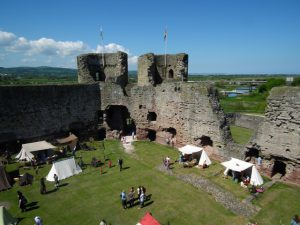
It was also used in the 1970s film, Holiday on The Buses
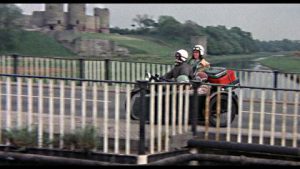
Bodelwyddan Castle 8 , close to the village of Bodelwyddan, near Rhyl, Denbighshire, was built around 1460 by the Humphrey’s family of Anglesey as a manor house. It’s now a hotel / leisure complex.
https://bodelwyddan-castle.co.uk
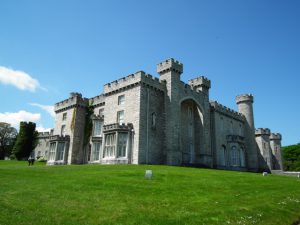
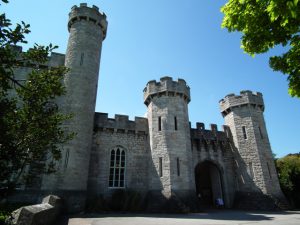
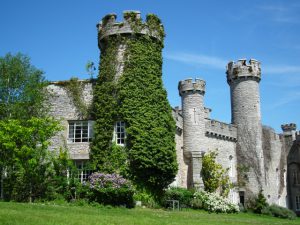
Gwrych Castle 9a Was erected between 1819 and 1825 at the behest of Lloyd Hesketh Bamford Hesketh. It has been a ruin for many years but it’s now being preserved / restored and is open to the public.
https://www.gwrychcastle.co.uk
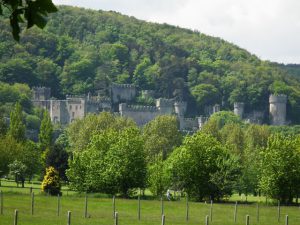
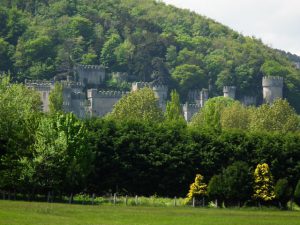 Castle 9b. Hên Wrych Hall tower, Conwy, once home to the poet Felicia Hemans who wrote Casabianca “The Boy Stood on the Burning Deck” It’s now a holiday cottage.
Castle 9b. Hên Wrych Hall tower, Conwy, once home to the poet Felicia Hemans who wrote Casabianca “The Boy Stood on the Burning Deck” It’s now a holiday cottage.
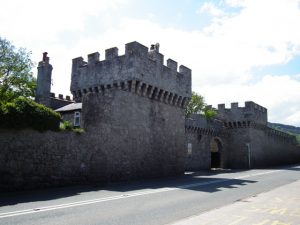
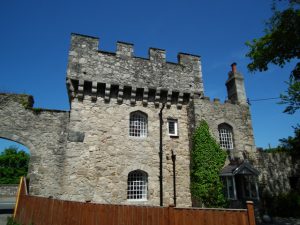
Deganwy Castle 10 was an early stronghold of Gwynedd and lies in Deganwy at the mouth of the river Conwy in Conwy North Wales It lies at an elevation of 110 m (361 ft) on a Volcanic Plug, whatever that is?
http://www.castlesfortsbattles.co.uk/north_wales/deganwy_castle.html
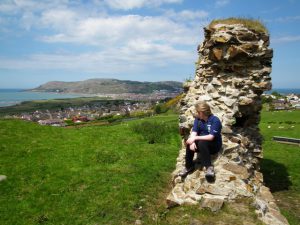
Conwy Castle 11 Is a Medievel fortification in Conwy on the north coast of Wales It was built by Edward 1 during his Conquest of Wales between 1283 and 1289. Constructed as part of a wider project to create the walled town of Conwy. It’s well worth seeing, as it’s a complete walled medieval town.
https://cadw.gov.wales/daysout/conwycastle/?lang=en
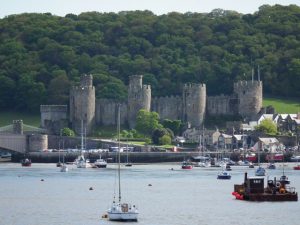
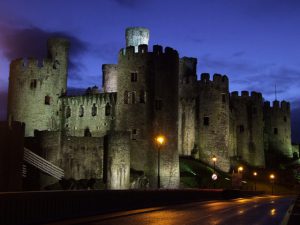
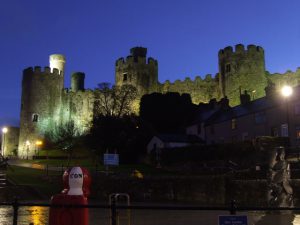
Penrhyn Castle 12 Is a country house in Llangydai Bangor, Gwynedd, North Wales, in the form of a Norman Castle. It was originally a medieval fortified Manor House founded by Ednyfed Fychan In 1438,. Loan ap Gruffudd was granted a Licence to Crenellate and he founded the stone castle and added a tower house. Samual Wyatt reconstructed the property in the 1780s.
https://www.nationaltrust.org.uk/penrhyn-castle
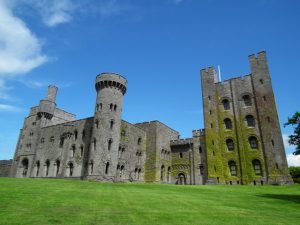
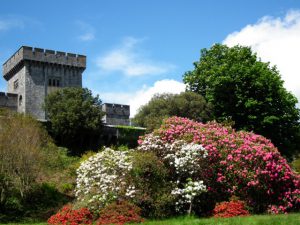
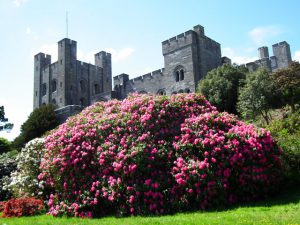
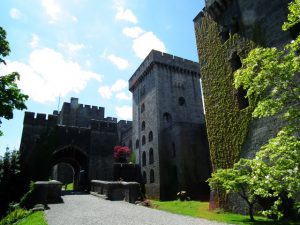
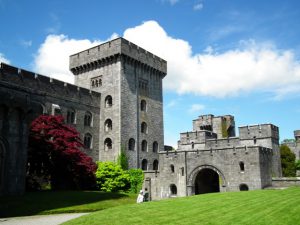
Beaumaris castle, Isle of Anglesey
Beaumaris Castle on the Island of Anglesey is the great unfinished masterpiece. It was built as one of the ‘iron ring’ of North Wales castles by the English monarch Edward I, to stamp his authority on the Welsh. But it was never finished, as money and supplies ran out before the fortifications reached their full height.
Beaumaris is nonetheless an awesome sight, regarded by many as the finest of all the great Edwardian castles in Wales. Begun in 1295, it was also the last. The king’s military architect, the brilliant James of St George, brought all his experience and inspiration to bear when building this castle, the biggest and most ambitious venture he ever undertook.
In pure architectural terms Beaumaris, the most technically perfect castle in Britain, has few equals. Its ingenious and perfectly symmetrical concentric ‘walls within walls’ design, involving no less than four successive lines of fortifications, was state of the art for the late 13th century.
https://cadw.gov.wales/daysout/beaumaris-castle/?lang=en
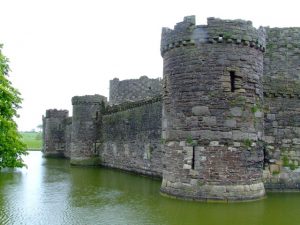
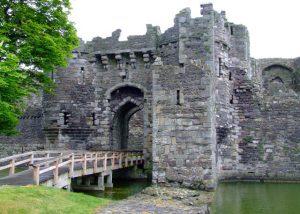
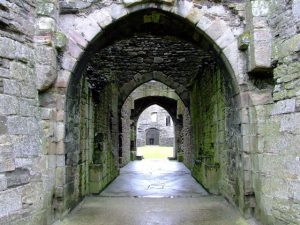
Number 14 Caernarfon castle, Gwynedd
A brute of a fortress. Caernarfon Castle’s pumped-up appearance is unashamedly muscle-bound and intimidating. Picking a fight with this massive structure would have been a daunting prospect. By throwing his weight around in stone, King Edward I created what is surely one of the most impressive of Wales’ castles. Worthy of World Heritage status no less.
Most castles are happy with round towers, not Caernarfon! Polygonal towers were the order of the day, with the Eagle Tower being the most impressive of these. You will also note the colour-coded stones carefully arranged in bands.
The site of this great castle wasn’t chosen by accident. It had previously been the location of a Norman motte and bailey castle and before that a Roman fort stood nearby. The lure of water and easy access to the sea made the banks of the River Seiont an ideal spot for Edward’s monster in masonry.
Edward wasn’t one to miss an opportunity to tighten his grip even further on the native population. The birth of his son, the first English Prince of Wales, in the castle in 1284, was a perfect device to stamp his supremacy. In 1969, the investiture of the current Prince of Wales, HRH Prince Charles took place here.
https://cadw.gov.wales/daysout/caernarfon-castle/?lang=en

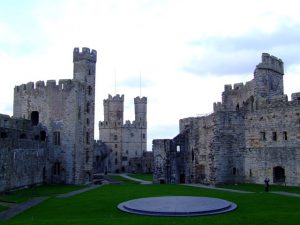
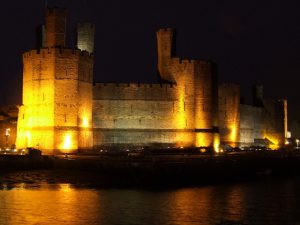
Number 15 Dolbadarn castle, Gwynedd, viewed from Dinorwig
Postcode LL55 4UB
 Road 1/2m (0.8km) SE of Llanberis, on A4086
Road 1/2m (0.8km) SE of Llanberis, on A4086
Dolbadarn Castle stands a lone sentry on a rocky crag, keeper of the ruggedly beautiful Llanberis Pass. Overlooking Llyn Padarn, this stronghold is situated between Caernarfon and Snowdonia, and is recognised as one of North Wales’ finest treasures.
Just been Easter weekend 2019, it is very near the slate museum and the Snowdon railway and its free so a nice addition to a day out. You can walk inside up some very steep steps to stand on the top, the kids will love looking up the toilet chutes!
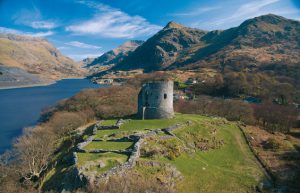
Simplistic in its design, this marvelous relic remains in solid condition and predates the English fortifications of the Edwardian conquest, demonstrating the magnitude of Llywelyn’s influence and ingenuity. A massive round-towered keep dominates the castle; rising to a significant height of 50 ft. (15.2m), historian Richard Avent considers it “the finest surviving example of a Welsh round tower”. This excellent feature encloses a complex series of chambers. The first floor entrance was heavily defended with a portcullis and sturdy drawbars barricaded robust
https://cadw.gov.wales/daysout/dolbadarncastle/?lang=en
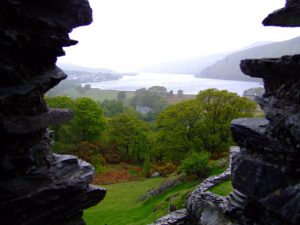
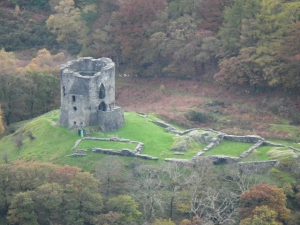
Number 16.Tre’r Ceiri Iron-Age hillfort, Gwynedd….
Few Welsh prehistoric sites capture the imagination as powerfully as Tre’r Ceiri hillfort which dominates the Llyn Peninsula from the easternmost summit of the three-peaks of Yr Eifl. Looking down from a scree-strewn summit at a height of 485m O.D., Tre’r Ceiri is one of the best preserved Iron Age hillforts in Britain where round houses, gateways and ramparts can be seen in a remarkably well-kept condition.
https://museum.wales/iron_age_teachers/hillforts/tre_ceiri/
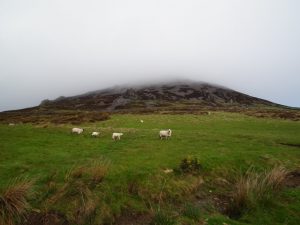
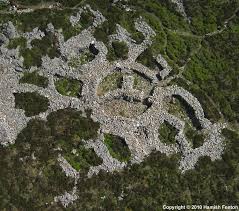
Number 17. Criccieth castle, Gwynedd
What a picture, what a view! Perched on a headland. Its twin-towered gatehouse intimidates prospective attackers. So badly did the native Welsh princes and English monarchs want it, that it changed hands more often than a relay baton.
Built originally by Llywelyn the Great, this very Welsh of princes included a very English style of gatehouse. Edward I’s forces took the castle some 50 years later, undertook their own improvements and remodelled a tower for stone-throwing engines. Not as much fun for those at the bottom as it sounds for those at the top!
Owain Glyn Dŵr sealed Criccieth’s fate when his troops captured and burnt the castle in the early years of the 15th century. This was to be the last major Welsh rebellion against the English.
This is the ultimate castle as it has a chippy and excellent ice cream shop in the same street.
https://cadw.gov.wales/daysout/criccieth-castle/?lang=en
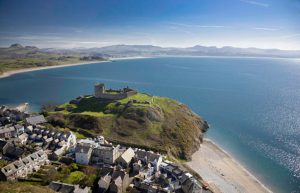
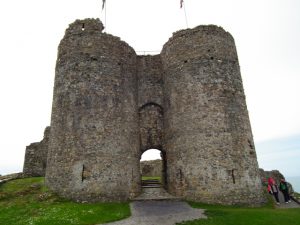
Castle Number 18. Deudraeth castle, Gwynedd
The original is merely a pile of stones in the Portmeirion woods
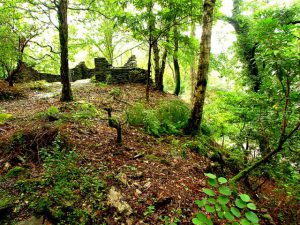
Castle Number 18b Deudraeth castle, Gwynedd – a pretty hotel handy for visitors to Portmeirion
https://portmeirion.wales/stay/accommodation/castell-deudraeth
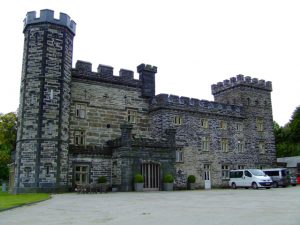
Castle Number 19 Harlech castle, Gwynedd
Edward’s tried and tested ‘walls within walls’ model was put together in super-fast time between 1283 and 1295 by an army of nearly a thousand skilled craftsmen and labourers.
Edward liked to use only the best masons from Savoy and England’s finest carpenters and blacksmiths. At the time this was one of the cheapest of Edward’s castles. A snip at a mere £8,190.
The structure, overseen by Master of the King’s Works, James of St George, boasts two rings of walls and towers, with an immensely strong east gatehouse. It was impregnable from almost every angle. Its secret weapon was a 200-foot (61m) long stairway which still leads from the castle to the cliff base.
Access via the stairway to the sea and crucial supplies kept the castle’s besieged inhabitants fed and watered. When it was first built, a channel would have connected the castle and the sea. You could have sailed a boat up to the moat. Seven hundred years later, the sea has receded and you could say the castle appears almost stranded, waiting for the tide to turn once more.
https://cadw.gov.wales/daysout/harlechcastle/?lang=en
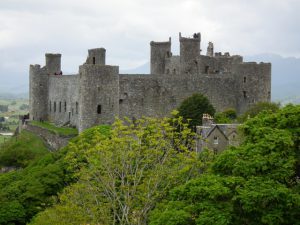
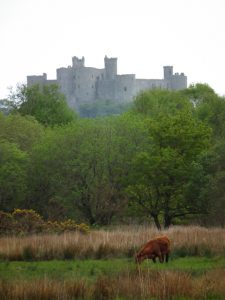
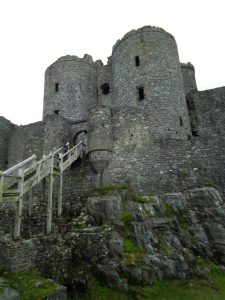
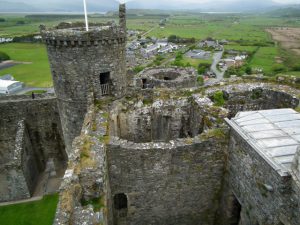
Castle Number 20 Castell y Bere, Gwynedd
Distinctive remains of a native Welsh castle, probably begun by Prince Llywelyn ab Iorwerth (‘the Great’) around 1221.
Castell y Bere was a remote outpost on Llywelyn’s southern frontier, but it was vital to his security. It guarded his cattle range, protected the homeland of Gwynedd and dominated the neighbouring lordship of Meirionydd.
Llywelyn ab Iorwerth was Prince; but cattle were king! In medieval Wales cattle were as good as currency. This location was so important that Llywelyn was prepared to take it from his own son Gruffudd in 1221, so that he could begin building a castle.
After Llywelyn died his successors continued to use it. It was taken by English king Edward I, in 1283. He made alterations to the castle and hoped an English frontier town would grow here. It never happened. The English abandoned the site during an uprising against their rule in 1294.
https://cadw.gov.wales/daysout/castell-y-bere/?lang=en
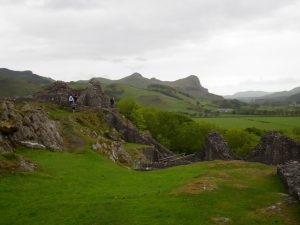
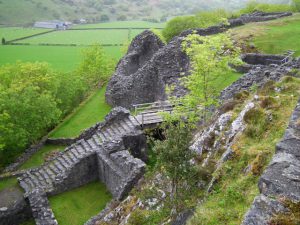
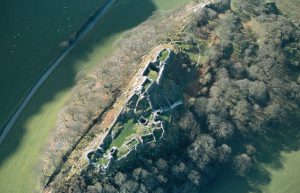
Castell Y Bere
Castle Number 21 Dolwyddelan castle, Conwy
Llywelyn (1173 – 1240), knew his square mile like nobody else. Dolwyddelan, along with nearby Dolbadarn and Prysor, formed a collection of strategically important mountain fortresses for the Welsh ruler. After his day, his grandson Llywelyn ap Gruffudd took over the castle. He kept Edward’s forces at bay for a while.
The magnificent keep was later supplemented by Llywelyn with a stone curtain wall enclosing the courtyard. The English went on to refortify the castle and add another rectangular tower. It didn’t fare as well as the original.
https://cadw.gov.wales/daysout/dolwyddelan-castle/?lang=en
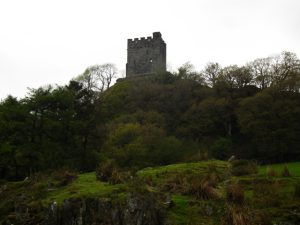
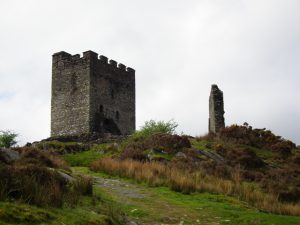
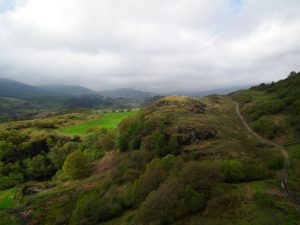
Castle Number 22. Castell Dinas Brân, Denbighshire. Right at the top of the hill, viewed from the east.
The Road to it is called Panorama as it has some of the best views in the area, Its single track in places with passing places so care must be taken, best avoided in bad weather, you can park at the side of the road, the path is very steep and slippery, but the views from the top are spectacular and we feel some of the best in the area Just been back Jan 2020.
Castell Dinas Brân occupies a formidable position on the summit of a steep hill in the Vale of Llangollen. The site has been fortified since at least the Iron Age and probably long before and it also has a place in Welsh legend as the stronghold of Bran, a Celtic deity. However, the early fortifications have largely been obliterated by a medieval castle built in the mid-thirteenth century. At this time Dinas Brân formed part of the Princedom of Powys Fadog which was ruled by Madog ap Gruffudd Maelor. Upon his death in 1236 his vast estates were divided between his four sons with Dinas Brân passing to Gruffudd Maelor. It was he who built the castle during the 1260s replacing whatever structure, most likely some form of Royal Palace or Hall, preceded it.
http://www.castlesfortsbattles.co.uk/north_wales/castell_dinas_bran.html
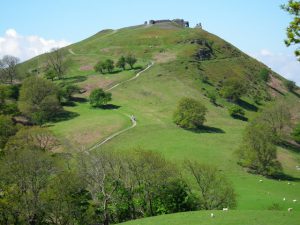
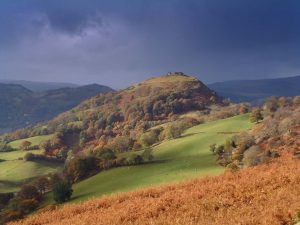
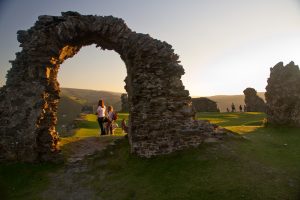
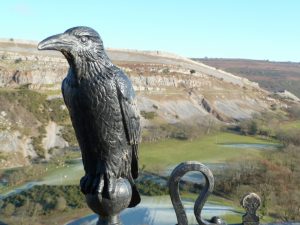
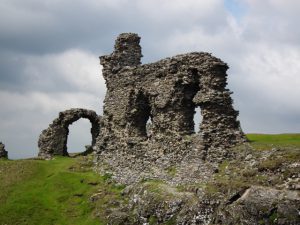
According to “The Romance of Fulk Fitzwarine,” the Normans pushed their way into the eastern borderlands of Wales and stopped just beneath the ruins of Dinas Bran. An arrogant knight, Pain Peveril, noticed the crumbling walls and learned that the site was once the home of King Bran. Since Bran’s demise, no one had enough courage to stay overnight inside the remains, for fear of evil spirits. To prove their mettle, Pain and some of his cohorts climbed up to the ruins, determined to endure the night. During that night, a storm arose and forced the men to seek shelter.
Suddenly, an evil, mace-wielding giant appeared. This giant was the notorious Gogmagog, a man possessed by an evil spirit who had terrorized the countryside for years. Pain defended his men with his shield, protected with a cross, a shield so sturdy that it withstood the penetration of the giant’s mace. His brazen defiance startled the giant and Pain swiftly stabbed him with his sword. As Gogmagog died, the evil spirit recounted KingBran’s bravery against the giant’s attacks. Bran had even built the palace atop the hillock to thwart the giant and enraged the evil spirit inside Gogmagog. Then, the giant forced Bran and his followers to flee. The dying spirit also claimed that a great treasure, including a golden ox, was buried beneath the hill. The next day, King William learned of Pain’s adventure, disposed of Gogmagog’s body, and kept the mace as a spoil of battle.
Castle Number 23. Chirk castle, Wrexham. Only just in Wales at about 500 metres from the border.
Chirk Castle is a 700 year old marcher fortress, which commands fine views over the surrounding countryside. It was built in the late 13th century by Roger Mortimer, Justice of North Wales for Edward 1. The castle was sold for 5,000 UK pounds to Sir Thomas Myddelton in 1595 and his descendants continue to live in part of the castle today
https://www.nationaltrust.org.uk/chirk-castl
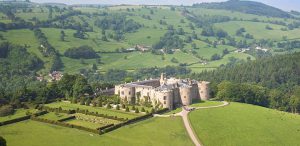
Castle Number 24. Caergwrle castle, FlintshireThe masonry castle, on the highest point of the hill, was probably first built by Dafydd ap Gruffydd, in lands given him by Edward 1st after the first Welsh campaign of 1277,
http://www.castlewales.com/hope.html
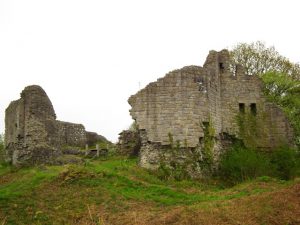
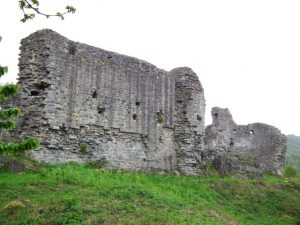
I am certain we have missed a few!
Best source of info is
https://cadw.gov.wales/?lang=en
And
